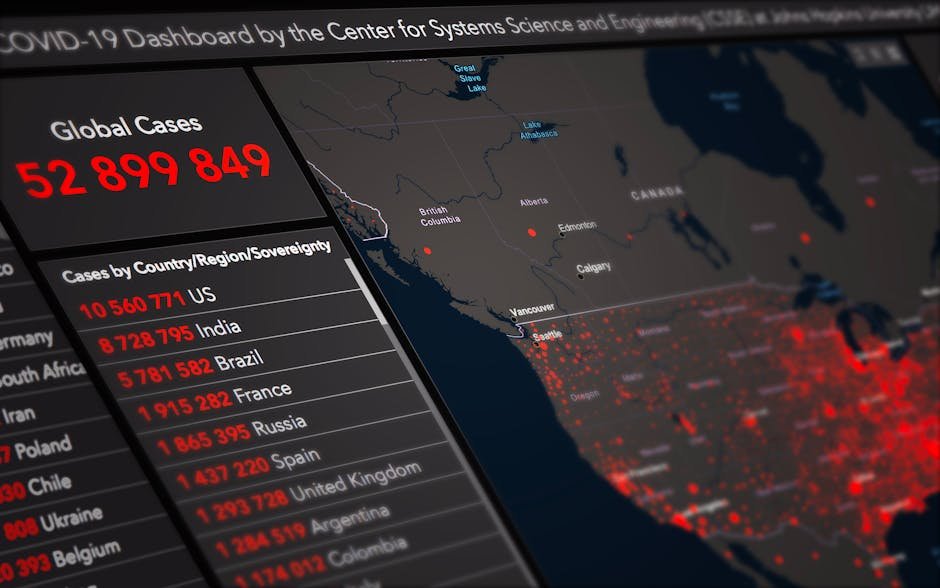Chiang Mai’s got this magnetic pull—temples glowing at dawn, night markets buzzing, and a vibe that makes you want to stay forever. As a digital nomad in 2025, you’re not just passing through; you’re living here, working remotely, and craving a deeper connection to this Thai gem. With 35 million nomads and Thailand’s nomad visas drawing crowds, blending into Chiang Mai’s culture is the way to go. This guide shares tips to live like a local, from festivals to food, without falling into tourist traps. Built on 2025 insights and X tips, here’s how to make Chiang Mai your home.
Why Immerse in Chiang Mai’s Culture?
Chiang Mai ($500–$900 USD/month) is a nomad hub with fast Wi-Fi (50–100 Mbps) and co-working spaces like Punspace ($60–$150 USD/month). But its soul lies in its Lanna heritage—think Songkran festivals, monk chats, and $1 USD street food. Immersion builds friendships, enriches your stay, and makes you a respectful guest, with 80% of nomads valuing local ties (Nomad List, 2025).
Top Tips for Cultural Immersion
Here’s how to dive into Chiang Mai’s culture in 2025.
1. Learn Basic Thai Phrases
Speaking a bit of Thai opens doors and hearts.
- Action: Learn greetings (e.g., “sawasdee” for hello) and phrases (e.g., “aroi” for delicious) via apps like Duolingo (free) or local classes ($10–$20 USD/session at Chiang Mai University). Practice with vendors at Warorot Market.
- Example: A nomad says “khop khun” (thank you) at a street stall, sparking a friendly chat.
- Why It Works: Locals appreciate effort; 70% of Thais warm to foreigners who try (Tourism Thailand, 2025).
2. Join Local Festivals
Festivals like Songkran or Loy Krathong are cultural goldmines.
- Action: Participate in Songkran (April, free water fights) or Loy Krathong (November, $2–$5 USD floating lanterns). Book via Tourism Authority of Thailand. Volunteer at temple events via X groups like “Chiang Mai Expats.”
- Example: A nomad joins Loy Krathong, floating a krathong at Ping River, bonding with locals.
- Why It Works: Festivals showcase traditions and community spirit.
3. Eat Like a Local
Chiang Mai’s food scene is a cultural gateway.
- Action: Skip tourist cafés; eat at street stalls ($1–$2 USD for khao soi) or night markets like Chang Phuak. Take cooking classes at Thai Farm Cooking School ($30–$50 USD). Shop at local markets ($100–$200 USD/month food budget).
- Example: A nomad learns to cook som tam at a class, impressing market vendors.
- Why It Works: Food builds connections; street eats save 50% vs. restaurants (Nomad List, 2025).
4. Visit Temples Respectfully
Temples like Wat Phra That Doi Suthep are cultural hubs.
- Action: Dress modestly (cover shoulders/knees, $2 USD rentals at temples). Join monk chats at Wat Suan Dok (free, donations welcome). Learn basic etiquette (e.g., don’t point feet at Buddha) via X’s “Chiang Mai Nomads.”
- Example: A nomad chats with a monk, gaining insights into Thai Buddhism.
- Why It Works: Respectful visits foster understanding and local goodwill.
5. Engage with Locals
Friendships with Thais deepen your experience.
- Action: Join language exchanges at co-working spaces like Punspace or meetups via Facebook’s “Chiang Mai Locals.” Volunteer at community projects (e.g., teaching English, $0–$20 USD/month). Tip modestly ($0.50–$1 USD) at stalls.
- Example: A nomad teaches English at a temple, forming bonds with local families.
- Why It Works: Personal connections break cultural barriers.
Cultural Highlights in Chiang Mai
| Activity | Cost (USD) | Cultural Value | Where to Go |
|---|---|---|---|
| Songkran | Free | Water fights, community bonding | Old City streets |
| Cooking Class | $30–$50 | Learn khao soi, connect with chefs | Thai Farm Cooking School |
| Monk Chat | Free–$5 | Buddhist insights, local interaction | Wat Suan Dok |
| Night Market | $1–$2/meal | Local food, vendor chats | Chang Phuak Market |
Pros and Cons
- Pros:
- Low-cost activities ($1–$50 USD).
- Builds local friendships and respect.
- Enhances nomad experience in Chiang Mai.
- Cons:
- Language barrier requires effort.
- Festivals can be crowded (e.g., Songkran).
- Time investment needed for deep connections.
Financial Breakdown
- Costs:
- Food: $100–$200 USD/month (local markets).
- Classes/events: $10–$50 USD/month.
- Donations/tips: $5–$20 USD/month.
- Total Budget: $115–$270 USD/month for immersion.
- Income Needs: $2,000–$6,000 USD/month for visa/living.
Extra Tips
- Be Patient: Cultural learning takes time; embrace mistakes.
- Avoid Tourist Traps: Skip overpriced tours ($50–$100 USD); use local guides ($10–$20 USD).
- Check X: Join “Chiang Mai Nomads” for festival updates.
- Give Back: Small acts (e.g., temple donations) build goodwill.
For more on nomad-friendly hubs, check out our guide on Best Digital Nomad Visas in 2025.
Conclusion
Immersing yourself in Chiang Mai’s culture in 2025 is about more than sightseeing—it’s about living like a local. Learn Thai phrases, join Songkran, eat khao soi at markets, and chat with monks to connect deeply. Engage with locals through meetups or volunteering to build lasting ties. With these tips, you’ll turn Chiang Mai’s temples and markets into your home, enriching your nomad life. Dive in, respect the culture, and make memories that last!







